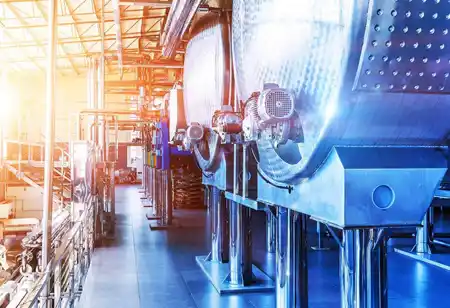Catalysts can be expensive and generate waste products, which can harm the environment if not properly managed.
FREMONT, CA: Catalysts are an essential component of the chemical industry, playing a major role in producing various products, from fuels and chemicals to pharmaceuticals and plastics. The term "catalyst" relates to a substance that grows at the rate of a chemical reaction without being consumed. Catalysts are used in various chemical processes to increase efficiency, reduce waste, and lower costs.
One of the most important uses of catalysts is in the production of fuels. For example, producing gasoline and diesel fuel from crude oil involves a complex series of chemical reactions catalyzed by various substances. One of the most important catalysts used in the refining process is a class of materials known as zeolites, which are porous materials that can selectively adsorb and react with certain molecules.
Catalysts are also used in the production of chemicals. For example, ethylene production, a key raw material for the production of plastics, involves a complex series of chemical reactions catalyzed by various substances. One of the most important catalysts used in ethylene production is a class of materials known as metal-oxides, which can selectively activate certain bonds in organic molecules.
In addition to their use in the production of fuels and chemicals, catalysts are also used in the production of pharmaceuticals. The synthesis of many pharmaceuticals involves complex chemical reactions that require specific conditions and precise control. Catalysts can selectively activate certain reactions and improve the efficiency of the process, leading to higher yields and lower costs.
Despite their importance, catalysts can also have environmental impacts. Catalysts can be expensive and generate waste products, which can harm the environment if not properly managed. In addition, some catalysts can be toxic or hazardous if not handled properly. Therefore, there is rising interest in the progress of more sustainable and eco-friendly catalysts.
One approach to developing more sustainable catalysts is the use of biocatalysts. Biocatalysts are enzymes or other biological molecules that can catalyze chemical reactions. Biocatalysts are typically more selective and efficient than traditional catalysts and can be produced using renewable resources. For example, enzymes can be produced using microbial fermentation processes using renewable feedstocks such as corn or sugar.
Another approach to developing more sustainable catalysts is the use of nanocatalysts. Nanocatalysts are catalysts that have been engineered at the nanoscale, typically using nanomaterials such as nanoparticles or nanotubes. Nanocatalysts can be more efficient and selective than traditional catalysts, and they can be produced using sustainable materials such as carbon or metal oxides.
In conclusion, catalysts are an essential component of the chemical industry, playing a crucial role in producing fuels, chemicals, pharmaceuticals, and other products. Catalysts can increase efficiency, reduce waste, and lower costs but can also have environmental impacts. Therefore, there is growing interest in developing more sustainable and environmentally friendly catalysts. Biocatalysts and nanocatalysts are two promising approaches to developing sustainable catalysts, and continued research and development in this area will be essential for the future of the chemical industry.

